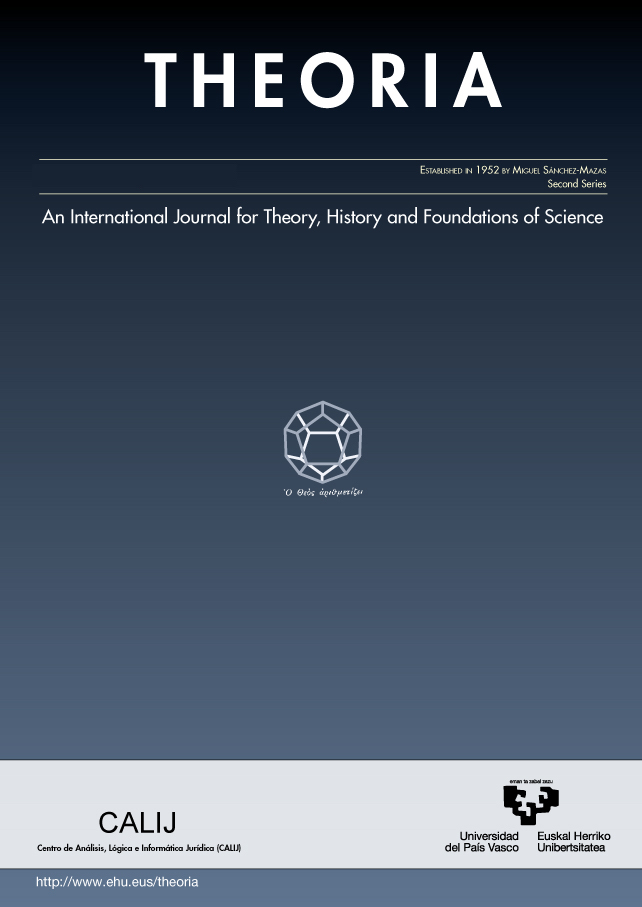Hidden variables and Bell’s theorem: Local or not?
##plugins.themes.bootstrap3.article.main##
##plugins.themes.bootstrap3.article.sidebar##
Abstract
Bell’s inequality is an empirical constraint on theories with hidden variables, which Einstein, Podolsky and Rosen argued are needed to explain observed perfect correlations if keeping locality. One way to deal with the empirical violation of Bell’s inequality is by openly embracing nonlocality, in a theory like the pilot-wave theory. Nonetheless, recent proposals have revived the possibility that one can avoid nonlocality by resorting to superdeterministic theories. These are local hidden variables theories which violate statistical independence which is one assumption of Bell’s inequality. In this paper I compare and contrast these two hidden variable strategies: the pilot-wave theory and superdeterminism. I show that even if the former is nonlocal and the other is not, both are contextual. Nonetheless, in contrast with the pilot-wave theory, superdeterminist contextuality makes it impossible to test the theory (which therefore becomes unfalsifiable and unconfirmable) and renders the theory uninformative (measurement results tell us nothing about the system). It is questionable therefore whether a theory with these features is worth its costs.
How to Cite
##plugins.themes.bootstrap3.article.details##
pilot-wave theory, nonlocality, superdeterminism, contextuality

This work is licensed under a Creative Commons Attribution-NonCommercial-NoDerivatives 4.0 International License.
Authors retain copyright and grant the journal right of first publication with the work simultaneously licensed under a Creative Commons License.

